Tips to find your target audience
- Create a customer persona
- Start with current customers
- Learn from digital analytics
- Dial in your niche
- Focus on product benefits
- Ask for customer feedback
- Watch the competition
- Consider common pain points
- Keep it simple
- Use lead generation forms
Investing time, money, and resources into a business is exciting. Once you start feeling optimistic about the value of your products or services, it’s time to put your offerings in front of paying customers.
But the challenge many businesses encounter at this point is figuring out who this ideal group of customers is. Marketing costs add up quickly, which means that strategic planning is essential for dialing in your demographic and delivering the right message.
Follow these tips to find your target audience and develop a substantial list of leads that convert into customers.
1. Create a customer persona
Design a customer persona. This involves identifying important demographic information about your ideal audience, such as age, location, gender, motivations, hobbies, shopping habits, and any other relevant details.
This archetype is fictional and represents the most critical traits of your target customer — someone who’s likely to be interested in buying your product or service.
2. Start with current customers
If you have an established business, insights about your current customers can help you decide where to invest your marketing budget. First, look at your sales history to identify buying patterns and customer behavior. Then summarize the characteristics of your best customers — such as people who are spending a lot of money or have been with you for the longest.
3. Learn from digital analytics
Digital analytics can tell you a lot about your target audience. Google Analytics gives you a peek into website statistics, including the age and location of your website visitors. Use these insights to develop website content that speaks to those visitors. Social media analytics can also be helpful if you have a following on any of the major platforms, such as Facebook, Twitter, Instagram, or YouTube.
4. Dial in your niche
It’s a mistake to assume that you should market to every person in the world. Identifying your niche gives you the edge you need to show customers that your product or service is an excellent fit for exactly what they need.
When you know your strengths and hold firm, it’s easier to connect with people ready to buy the specific products or services you’re offering. The more specific you are in your niche, the better results you’ll see.
5. Focus on product benefits
Remember that customers buy products or services because of the benefits they’ll get from them. While features are important, if you provide potential customers with a list of your product’s features only, it’s probably not going to be enough for someone to pull out their credit card.
As you shape your marketing campaign, build in emotional talking points that focus on the benefits your target customers can expect from their purchase.
6. Ask for customer feedback
Use surveys to learn more about what customers want and need. Asking a few simple questions can provide valuable insights into your target audience. You can then adjust business offerings and practices better to serve the people interested in your products or services.
7. Watch the competition
What are your competitors doing in their online marketing campaigns? Keep a close eye on other companies that are offering similar products and services.
Businesses with big marketing budgets are proactive about creating customer personas and optimizing their campaigns. These competitors know your audience, which means that you can learn by studying the content they’re sharing online.
8. Consider common pain points
Emotions often drive buying decisions. When you understand your target customer’s pain points and motivations, it’s easier to shape your marketing campaign to improve conversion rates. Take time to consider the problems your customers are trying to solve so you can specifically address how your product or service can meet their needs.
9. Keep it simple
Identifying and marketing to a target audience can quickly become complicated and overwhelming. Remember that simple is best. Keep your focus on the ideal person who would be motivated to buy the products or services you’re offering.
Instead of thinking about marketing to a big group of people, focus on just your target persona. Then, cater marketing messages and online outreach to address that person’s pain points and interests directly.
10. Use lead generation forms
Manual processes are time-consuming. As you learn how to find your target audience, look for ways to automate the strategies you’re using to connect with these ideal customers. For example, you can use a variety of digital forms on your website — like a customer contact form, a customer signup form, customer feedback forms, or other lead generation forms that fit your marketing campaigns.
These forms not only help you find potential customers, but you can also use them to collect information that will help you learn more about your target audience and improve your lead generation processes.
Photo by Cytonn Photography on Unsplash





























































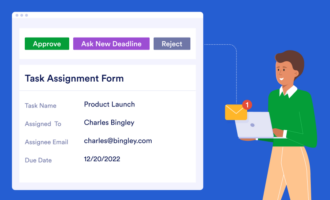


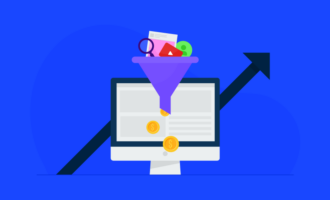



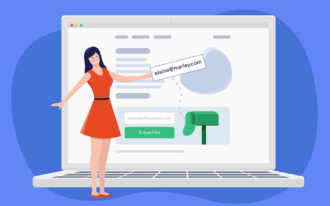

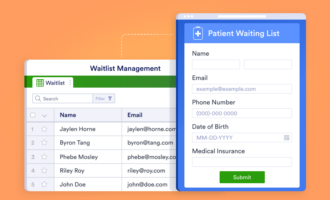



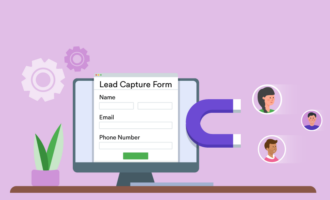








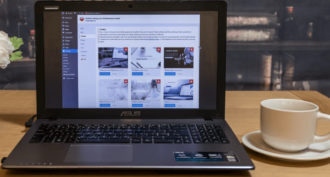


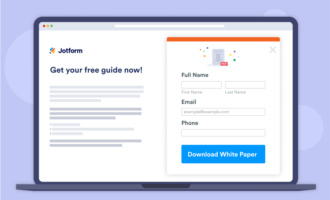


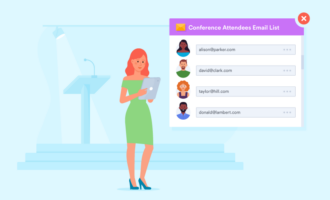







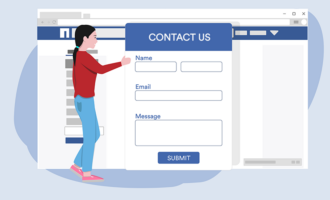
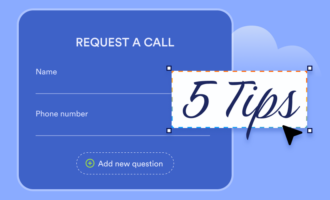






Send Comment: